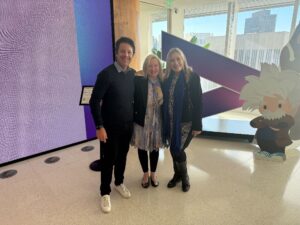AI won’t save your brand. Imagination will.

AI is everywhere, but originality is on the endangered list.
As marketers race for efficiency, the real competitive edge is the one thing machines can’t replicate: imagination.
The inaugural invite-only CMO Futures Summit in San Francisco convened a room full of senior marketers and technologists.
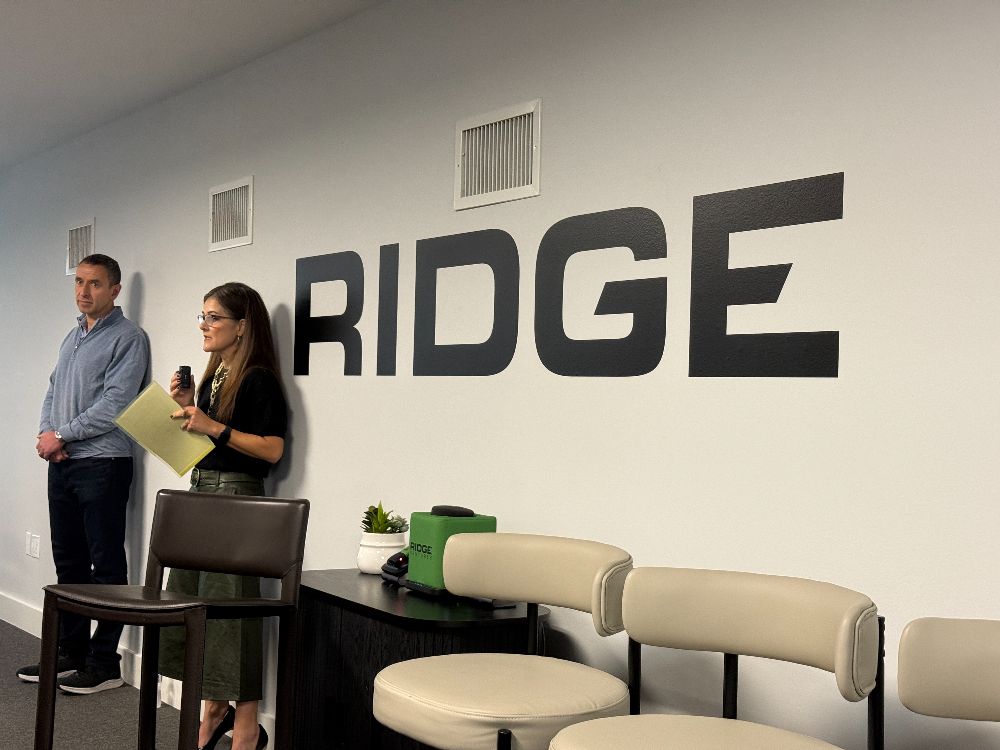
The morning began at Ridge Ventures, where investors reframed innovation through the language of capital: product-market fit, durability, and differentiation. Hearing venture capitalists unpack what separates “a great product” from “a great investment” forced many of us to think differently about innovation.
For marketers, the takeaway was that innovation isn’t just invention. It’s conviction. The best ideas don’t simply capture imagination. They compound belief over time.
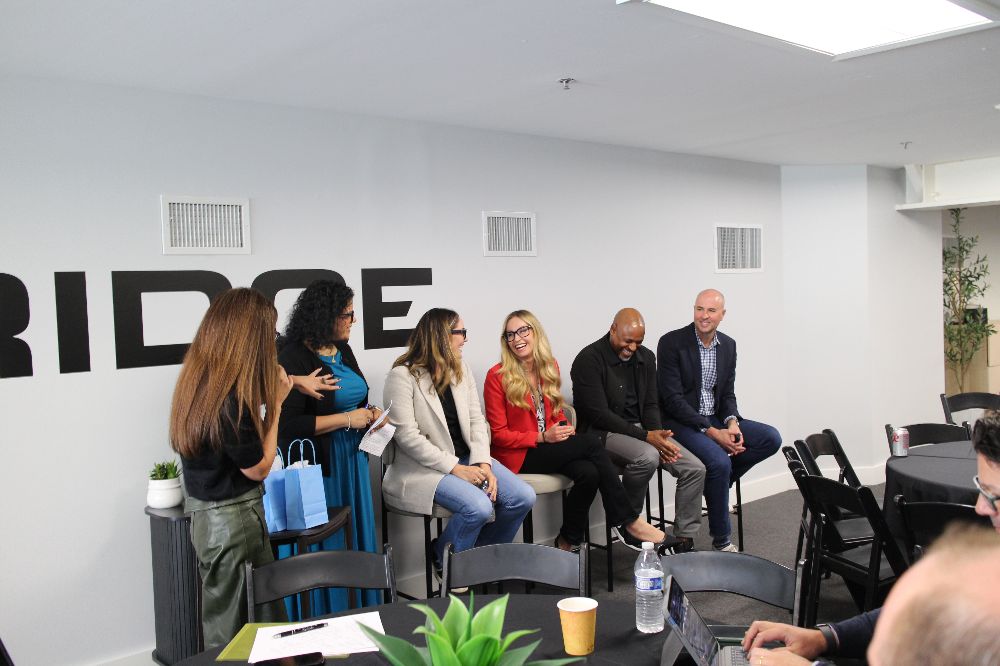
Next, we got to hear directly from three out of the magnificent seven. The organizers deserved credit for getting Google, AWS, and Meta on the same stage. These rare competitors were temporarily aligned, yet the collective conclusion was surprisingly uniform. The future of marketing is frictionless.
But amid all the talk of automation, something was conspicuously missing: imagination.
The conversation around AI remains trapped in a productivity loop. It’s about how to do more, faster, with less. But faster doesn’t mean better. When everything is automated, average becomes abundant. As one presenter quipped, “The average of anything now costs nothing.”That’s the paradox of progress. We’ve built machines that can mimic excellence, yet struggle to create distinction.
Efficiency is table stakes. Imagination is the multiplier.
By the afternoon, we’d traded venture rigor for brand vision inside Accenture’s offices, where their CMO Elise Cornille spoke about the power of connected systems. Her keynote called for end-to-end architecture, not just in technology, but in marketing itself.
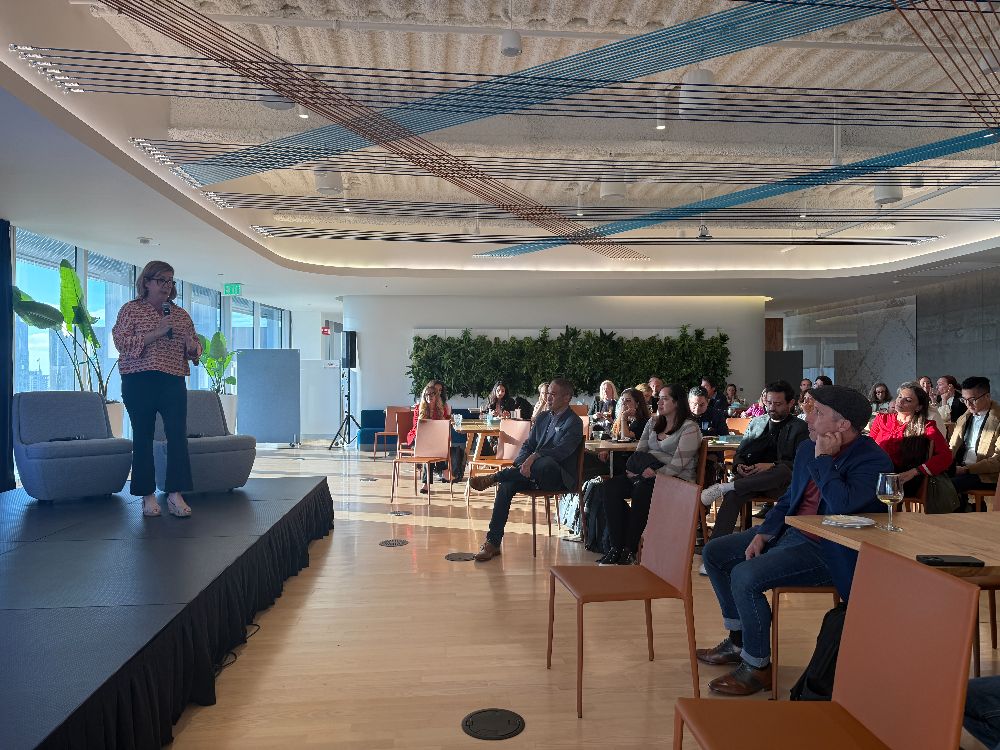
Cornille painted a vivid picture of a fully integrated ecosystem where signals move seamlessly across the enterprise. A single ingredient shortage, for example, could cascade in real time through product development, supply chain, and promotion.
Her point wasn’t about software; it was about foresight. The future CMO, she argued, must think architecturally to see connections, anticipate impact, and build coherence between creativity, commerce, and culture.
Then came Google’s presentation, an impressive demonstration of how its vast suite of products connects operationally across Gemini, YouTube, Search, and Workspace. From a data perspective, it was extraordinary showcasing Gemini ingesting and analyzing video content to unlock contextual insights.
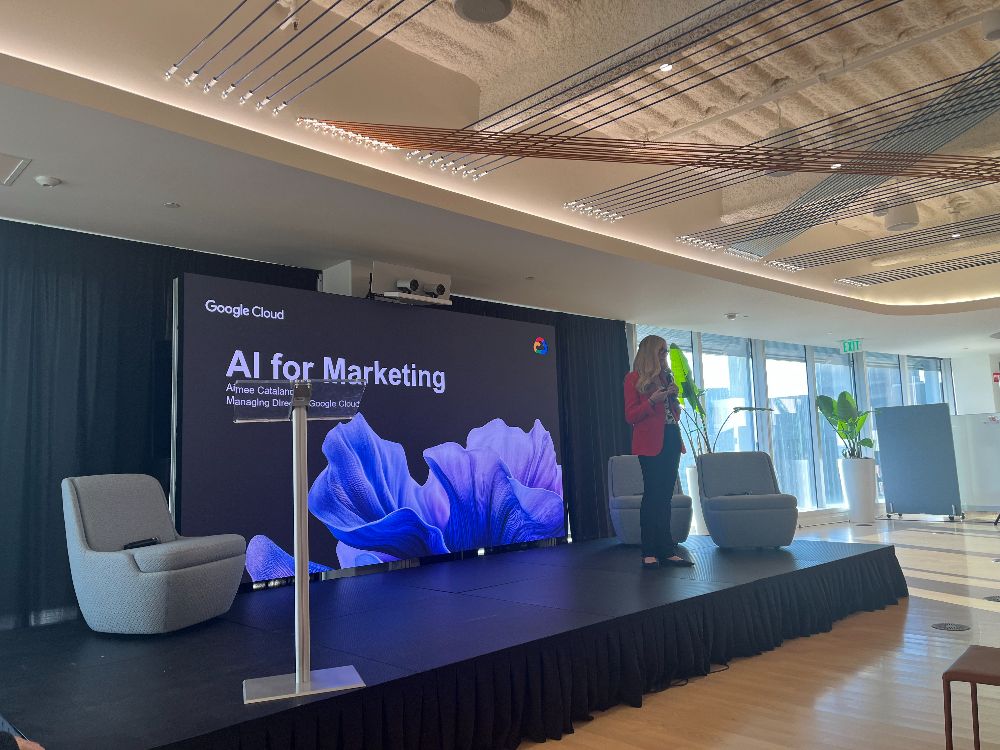
But from a brand architecture standpoint, something didn’t quite hold. Seen together, Google’s ecosystem felt visually and emotionally fragmented — a patchwork of logos, styles, and interfaces rather than a singular expression of one brand. Each sub-brand strong on its own, but collectively lacking a clear organizing idea.
It revealed something we don’t often say out loud: integration and coherence aren’t the same thing. Operational integration tells you how the system works. Brand coherence tells you why it matters.
From brand guidelines to brand intelligence
That’s where brand enablement enters the conversation. Brand architecture isn’t just a hierarchy on a slide. It’s the scaffolding for imagination. It defines how meaning, behavior, and identity scale across complexity. And in an AI-driven world, that scaffolding has to stretch further than ever. It must extend beyond people and platforms to include the machines themselves.
One of the most urgent — and overlooked — challenges facing marketing leaders is that our brand guidelines aren’t written for AI. Humans need brevity and space for interpretation. Machines need depth, description, and specificity.
To make AI a true brand enabler, we have to feed it what we often skip: not just the visual rules, but the reasoning behind them — the emotion, the philosophy, the cultural nuance.
Without that, even the most connected systems risk feeling like Google’s current ecosystem: technologically seamless, but experientially scattered. A product portfolio connected by APIs, but not by ideas. The opportunity isn’t to make AI better at executing the brand. It’s to make the brand more legible to AI.
When you translate your brand into something both humans and machines can understand, you give your AI the context, tone, and values to make intelligent decisions. You don’t just scale consistency. You scale imagination.
That’s what true brand enablement looks like in the AI era: empowering every human and every system in your ecosystem to act, decide, and create in alignment with your brand’s intent.
So perhaps that’s the lesson from the day. From Ridge’s venture rigor to Accenture’s system thinking to Google’s patchwork of brilliance, we saw what happens when structure and imagination drift apart.
The companies that master both — that build connected systems with coherent stories and write guidelines for both humans and machines — will be the ones that stand out when everything else starts to sound, look, and feel the same.
Because in the age of intelligence, brand coherence is the new creativity.
